

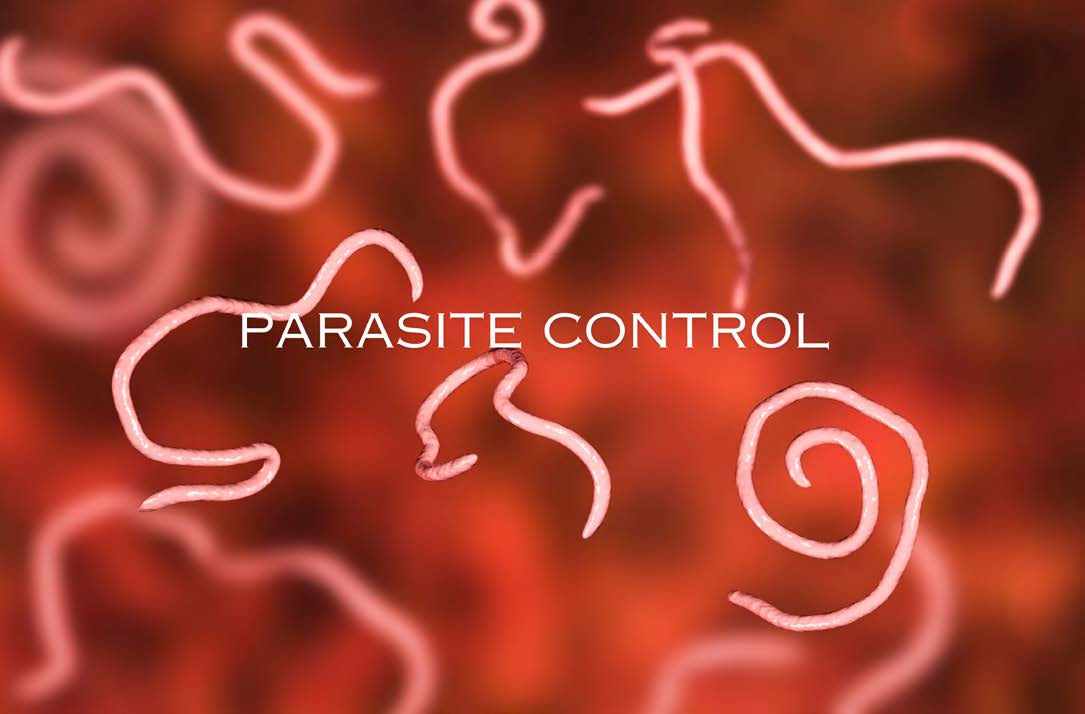
Effective control of internal parasites is crucial for maintaining health and productivity in stocker cattle.
Parasites rob growing cattle of important nutrients required for weight gain and may alter immune function, which can impact disease resistance and vaccine response.
There are increasing reports of parasite resistance to our current dewormers with no new products in the pipeline.
Consequently, parasite control plans need to be developed that balance short-term profitability with long-term sustainability.
This can be achieved by leveraging a combination of diagnostics and key management interventions to better utilize dewormers and minimize the impacts of parasites.
An unintended consequence of traditional practices and decades of using the same dewormers is selection of parasites carrying resistant genes at higher rates compared to parasites carrying susceptible genes, which are called refugia.
When an entire grazing cohort is dewormed, we remove all of the refugia and are only left with resistant parasites to contaminate pastures.
The next group of calves that grazes this pasture will be exposed to a higher level of resistant parasites resulting in diminished efficacy of our dewormers.
By leaving a portion of the cohort untreated, we reserve some refugia and slow the buildup of resistant parasites on pasture.
Furthermore, the implementation of refugia allows us to maintain a susceptible population of parasites and preserves the efficacy of our dewormers.
Incorporating a strategy to maintain some refugia is a key component to sustainability of parasite control programs.
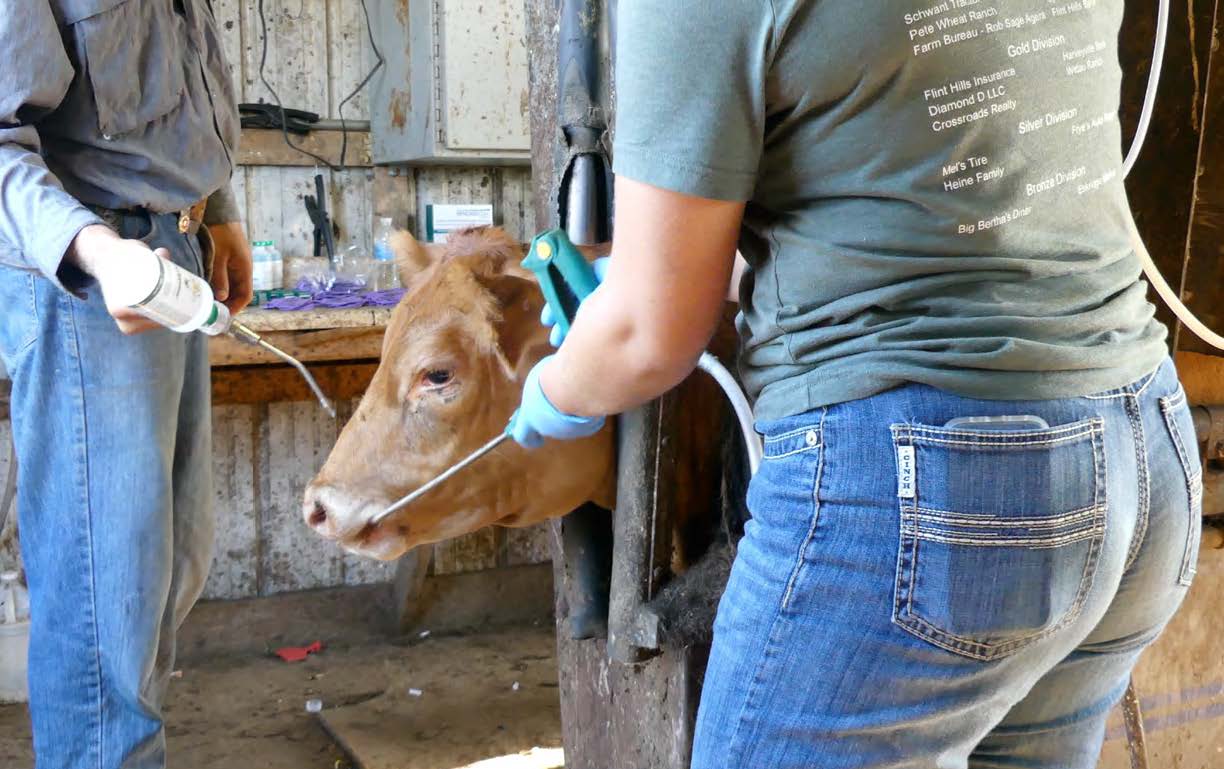
Each operation should evaluate the level of resistance in the cattle they acquire by performing fecal egg count reduction tests (FECRT).
Fecal samples are taken from 15-20 calves in a group at the first deworming and again in 2-3 weeks to see how well the dewormers decrease parasite egg counts.
The results help estimate the level of refugia needed to slow down the development of resistance.
Refugia programs are very operation specific and require some detailed knowledge of the operation and ongoing surveillance to manage in the long term.
The herd veterinarian can help with the details, but below are some of the key principles to understand.
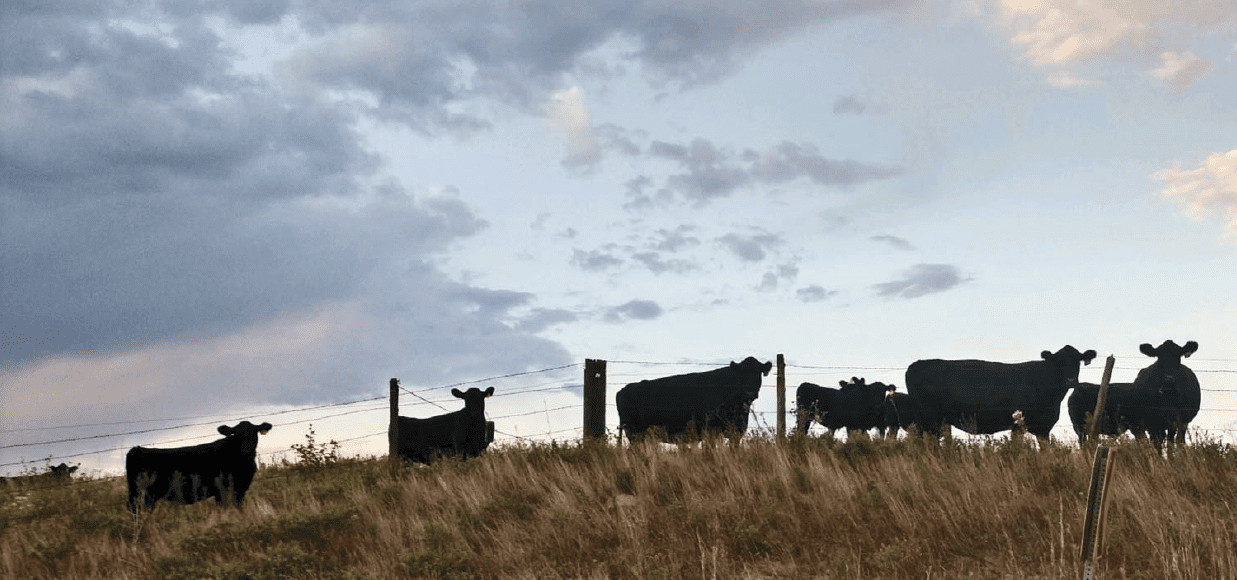
Stocker operators have little control over the level of dewormer resistance in the cattle they purchase as it is dictated by practices at the cow-calf level.
Resistance in cattle from multiple sources will be less predictable and will necessitate more diagnostics.
Resistance in cattle that come from known sources will be more predictable year to year.
This provides an opportunity to work with source ranches to manage resistance, which may prove mutually beneficial.
Terminal calves grazing non-permanent pasture (ex. wheat pasture) is very low risk for carryover of resistant parasites from year to year.
Consequently, having refugia is unnecessary and all calves in the grazing cohort may be dewormed.
Calves grazing permanent pasture systems with little to no rest should be considered high risk for parasites in general, and for buildup of resistance.
Incorporating some refugia by refraining from treating a small portion of the group may slow the development of resistance over time.
Pastures that are already highly contaminated with resistant parasites may need to be left fallow or used for hay to decrease the parasite load before starting fresh with a refugia program.
Rotational grazing is not a predictable or reliable way to control parasites.
Rotational grazing schedules are based on grass species, stocking density, climate and weather and do not always follow a set schedule.
The level of parasite contamination on pasture is based on the same factors and is very difficult to predict.
Grass should be managed for the long-term sustainability of the pasture and to provide the best nutrition to calves.
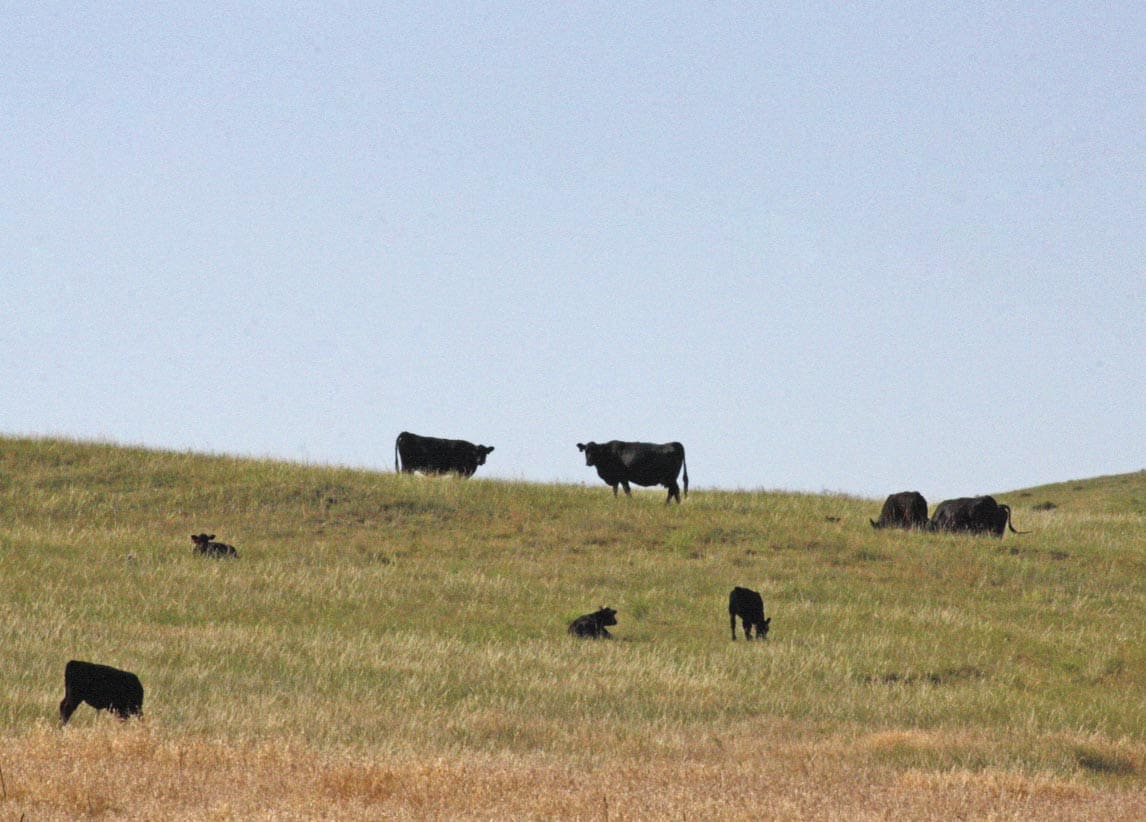
A selective non-treatment strategy is appropriate for calves grazing permanent pasture systems, or heifers grazing non-permanent pasture that are destined to go back to the cow-calf sector.
Selective non-treatment involves not deworming a percentage of cattle (usually 10-30%).
The percentage is based on FECRT results with consideration of other stressors (illness, adverse weather, etc.).
Selection of cattle to leave untreated is by weight (do not treat the heaviest) or randomly in very uniform groups.
Studies to date show little impact on overall performance, but each operation should evaluate their results.
The decision on which dewormers to use is beyond the scope of this discussion, but consideration must be given to combination treatment, administering two dewormers from different drug classes at the same time.
This tactic should afford better efficacy and therefore performance. In permanent pasture systems, incorporating combination treatment with a refugia-based program should slow down resistance.
The effects of parasites can be mitigated with good nutrition, especially protein.
A comprehensive nutritional plan including vitamins and trace minerals are essential to overall health.
Parasites exacerbate the effects of other stressors (weaning, transportation, other diseases, etc.) and in turn these stressors exacerbate the effects of parasites.
Properly managing other stressors will help mitigate the effects of parasites.
This era of increasing resistance to dewormers necessitates an increased level of diagnostics and planning to develop sound parasite control programs.
Regular consultation with a veterinarian can provide tailored recommendations and ongoing adjustments to maximize both short-term profitability and long-term sustainability.
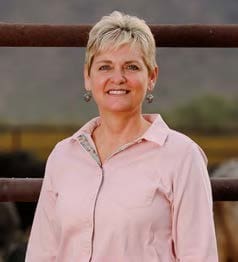 Dr. Christine Navarre received her DVM from Louisiana State University in 1990. Following graduation, she worked in a private mixed animal practice in Sulphur Springs, TX before going to Texas A & M for a large animal internal medicine residency and Master’s degree. Dr. Navarre joined the Food Animal Section at the Auburn University College of Veterinary Medicine Teaching Hospital where she spent 11 years providing clinical service and teaching of food animal medicine and surgery. Dr. Navarre is currently Extension Veterinarian and Professor with the Louisiana State University Agricultural Center and School of Animal Sciences. She serves the State of Louisiana by providing continuing education and herd disease investigation services to livestock producers, extension agents and veterinarians, and as state BQA coordinator. She is a Past President of the American Association of Bovine Practitioners.
Dr. Christine Navarre received her DVM from Louisiana State University in 1990. Following graduation, she worked in a private mixed animal practice in Sulphur Springs, TX before going to Texas A & M for a large animal internal medicine residency and Master’s degree. Dr. Navarre joined the Food Animal Section at the Auburn University College of Veterinary Medicine Teaching Hospital where she spent 11 years providing clinical service and teaching of food animal medicine and surgery. Dr. Navarre is currently Extension Veterinarian and Professor with the Louisiana State University Agricultural Center and School of Animal Sciences. She serves the State of Louisiana by providing continuing education and herd disease investigation services to livestock producers, extension agents and veterinarians, and as state BQA coordinator. She is a Past President of the American Association of Bovine Practitioners.
Get all Doc Talk episodes straight to your email inbox!